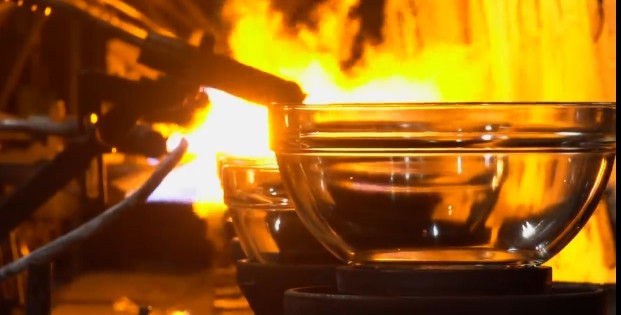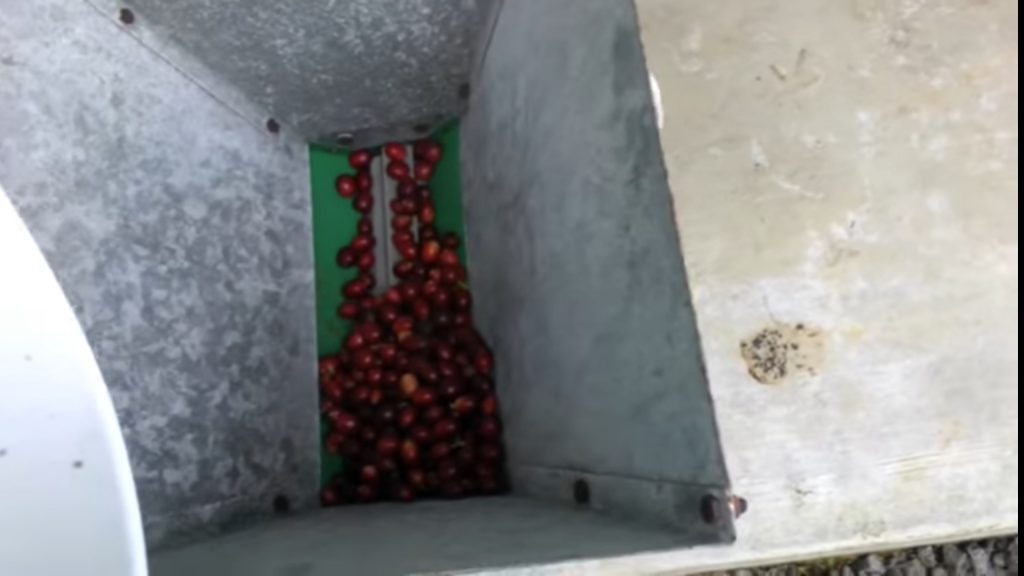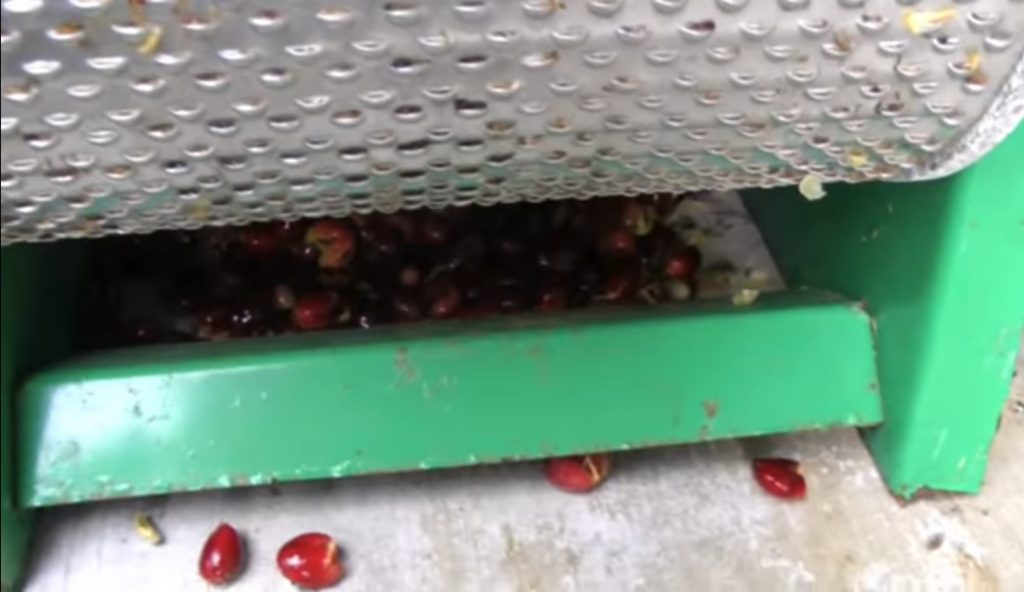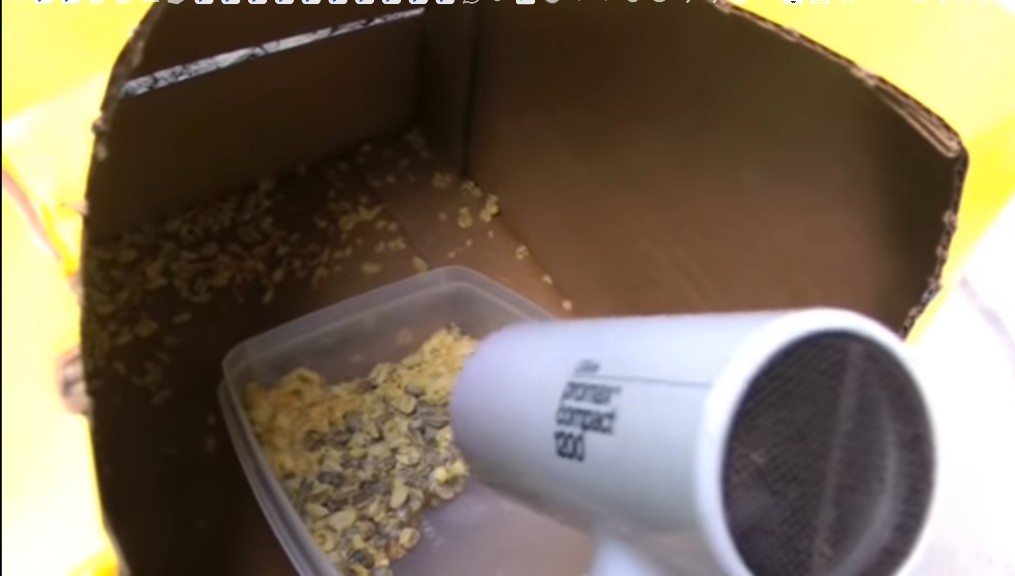
The writing material inside of a pencil is known as lead. This lead is made from graphite and clay. The graphite and clay are mixed together in the required proportions in the presence of water. The workable lead is then moulded into long thin cylindrical shapes. These thin leads are then dried and fired to reach the required toughness and strength required for writing without breaking.
Typical lead of a pencil is gray to black in colour. Coloured leads can be made by mixing the graphite, clay, and colour pigments together during the lead making process.
After the leads have been prepared, the next thing is to enclose them inside the specially prepared wooden material.The leads are sandwiched between 2 sets of grooved flat and thin woods.
Grooves are cut into a long flat thin wood that can take up to 10 pencils. (10 grooves). Next glue is applied to the surface of the groves. Then the pencil leads are inserted into the grooves. Similarly a long flat thin wood similar to the bottom wood is then used to cover the leads. The leads are sandwiched between the upper and lower wood casings. Pressure is then applied to ensure that the upper and lower wood casings are fused together holding the sandwiched leads in place.
The wooden sandwich leads are then fed through a cutter which cuts and separates into single pencil units.
The pencils are then engraved, coloured, and eraser inserted at their back end before packaging and distribution to sale outlets.












